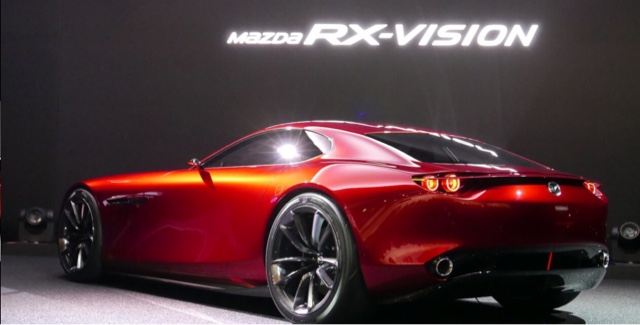Ever since the Volkswagon emissions scandal, legislators have been very strict on emissions, and have raised several issues, for example the amount of NOx that these engines produce. This is not so much of an issue now thanks to lower temperatures for combustion, but hydrocarbons are, as well as the low CO2 levels required for tax (Rotary engines have a large thirst for petrol). Furthermore the engines require expert maintenance, although they are generally reliable. Also the rotor-tip seals remain a problem due to their frequent wear and poor-sealing, due to high temperature differences.
Mazda have confirmed that its latest evolution Rotary engine will go by the name of Skyactiv-R, which also links to its Skyactiv Petrol and Diesel engines. By giving the Rotary engine this name it clearly wants to align it with its normal engines, and therefore address its inherent flaws. Some theories of how to improve the problems of the engine have been direct fuel injection, compression ignition (as on diesel's) and turbochargers to ensure power output is sufficient. There are also rumours of electrification, with electric power helping to eliminate the flaws.
But all of this hard work on Mazda's part should, if it succeeds, be something of a revelation in terms of responsiveness, smoothness and weight, and will resurrect one of the best engines designs ever devised. But it will take a while...
Nev



